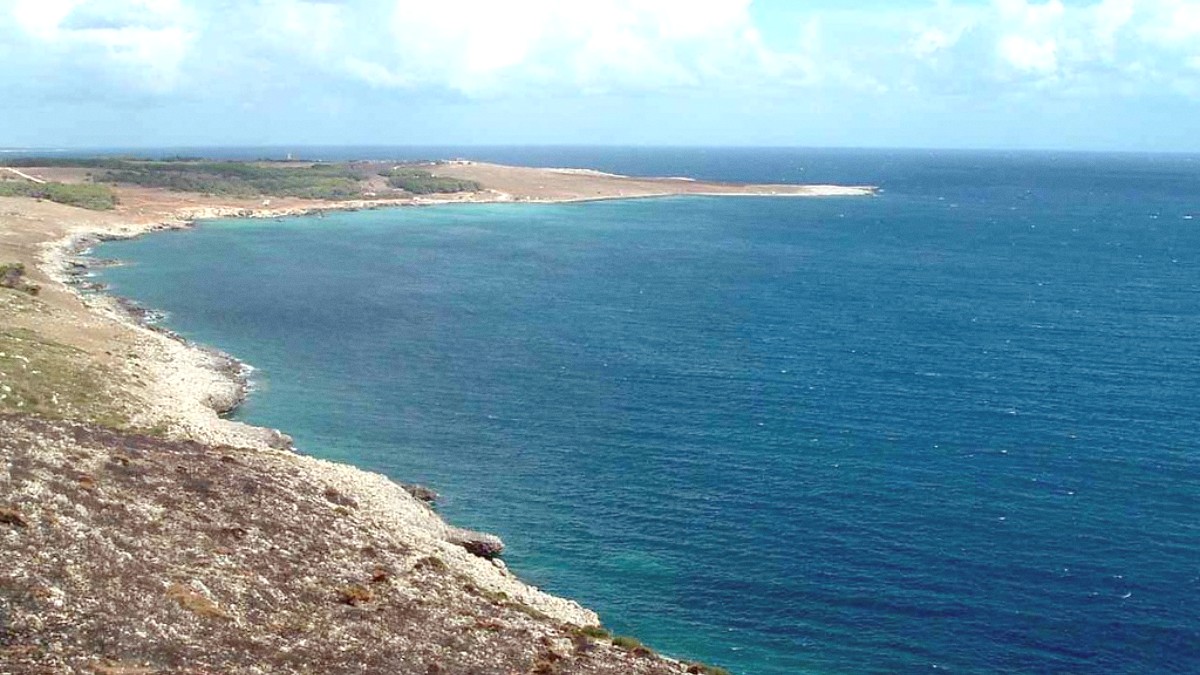
Puglia, Italy
Otranto's compact size holds deep historical and cultural treasures. Its main landmarks tell compelling stories and present artistic wonders.
Explore the rich history from the Romanesque Cathedral to the imposing Aragonese Castle, each with unique tales.
Bring binoculars for a closer look at the intricate scenes of the mosaic.
A living museum with a captivating labyrinth of narrow, winding, whitewashed alleys, ancient stone houses, artisan shops, and small piazzas.
Always open and free to wander. It is a pedestrian-only zone (ZTL), ideal for exploration on foot.
Especially magical at sunset and in the evening when beautifully illuminated, creating a romantic and lively atmosphere.
Allow yourself to get lost in the alleys; discovery happens when you stray from the main thoroughfares. Seek out hidden courtyards or small chapels.
Otranto’s museums give insight into its unique past, from its religious heritage to its ancient origins. While not extensive, they are informative and complement the town’s iconic landmarks.
Located near the Cathedral, this museum displays sacred art, liturgical vestments, archaeological finds, and artifacts related to the Cathedral's history and the Martyrs.
It contextualizes the Cathedral's mosaic and the town's religious devotion. Check local listings for specific opening times.
Artifacts unearthed in Otranto and surroundings, offering insight into the town's ancient past, including Greek, Roman, and Byzantine periods.
Exhibits show pottery, tools, and remnants of daily life, painting a picture of Otranto's long history as a port city.
Aragonese Castle frequently hosts temporary art exhibitions during peak season, featuring local and national artists. Small artisan shops often double as mini-galleries.
Otranto does not have large, dedicated cultural centers. Check local listings for event schedules at the Castle or other venues.
The entire Otranto Historic Center is a prime example of medieval and fortified architecture, a tangible link to its past.
Tucked away within the historic center, this small, atmospheric Byzantine church features ancient frescoes, a glimpse into Otranto's Eastern Christian heritage.
Located just outside the town walls, this sanctuary is dedicated to the Martyrs of Otranto. A place of pilgrimage and commemorates the historical massacre, offering reflection.
The chapel within Otranto Cathedral dedicated to the Martyrs serves as a powerful memorial. The Aragonese Castle itself, rebuilt after the siege, is a monument to Otranto's resilience.
Otranto’s natural surroundings are as captivating as its historical core, presenting stunning coastal landscapes, unique geological features, and opportunities for wildlife viewing.
Parco Naturale Regionale Costa Otranto – Santa Maria di Leuca e Bosco di Tricase offers scenic walks and dramatic cliffs. Punta Palascìa, Italy's easternmost point, presents panoramic coastal vistas and the first sunrise.
City Beach, Baia dei Turchi, and Porto Badisco offer clear, turquoise waters for swimming and snorkeling. Torre dell'Orso and San Foca have larger sandy beaches with full lido services.
Alimini Lakes are an important birdwatching site, hosting various bird species. The Former Bauxite Quarry presents a striking and unusual landscape for unique photo opportunities.
Experiencing the actual sunrise from Italy's easternmost point is a special and often less crowded experience. Plan to arrive before dawn.
Explore Coastal PathsVenture beyond popular stretches. Paths towards Santa Cesarea Terme show rugged cliffs, ancient watchtowers (Torre Sant'Emiliano), and hidden coves rarely visited by mass tourism.
Discover Hidden CovesSeek out small, independent artisan workshops in the historic center. Find craftsmen creating traditional ceramics, lace, leather goods, or jewelry. Observe them at work.
Explore small, family-run trattorias away from main tourist areas for authentic dishes. Attend a "sagra" (local food festival) in a nearby village for a genuine cultural event.
The Salento coastline beyond Otranto has charming villages and coves. Consider a drive to Castro, Santa Cesarea Terme, or Tricase Porto for distinct characters and beautiful scenery.
Capture the immense detail and symbolism of the 12th-century mosaic floor in Otranto Cathedral with different angles and perspectives.
Discover less-visited spots that offer a more personal connection to the region's heritage and natural beauty.
Allow time to explore the historic center on foot, as it is a pedestrian-only zone.
Wear comfortable shoes for walking the cobbled streets and coastal paths.
Otranto’s history extends beyond its well-known castle and cathedral, with numerous sites presenting its ancient roots and layered past.
Explore ancient remnants that paint a picture of Otranto's long and diverse history.
Discover the deep religious heritage and sacred spaces that shape Otranto's identity.
Explore Otranto's captivating natural surroundings, from regional parks to dramatic coastal vistas.
These spots are ideal for nature lovers and photographers.
Enjoy Otranto's diverse coastal gems, from city beaches to picturesque coves.
Perfect for swimming, snorkeling, and relaxation.
Discover the varied ecosystems and striking landscapes near Otranto.
These locations offer distinct experiences for nature enthusiasts.
Visit early morning or late afternoon for scenic views and to avoid crowds, especially at popular spots like Grotta della Poesia.
Comfortable shoes for walking, sun protection (hat, sunscreen), water, and a camera. A snorkel set is good for coastal exploration.
For restricted access sites like Grotta dei Cervi, inquire with local archaeological associations for any public access opportunities or virtual tours.